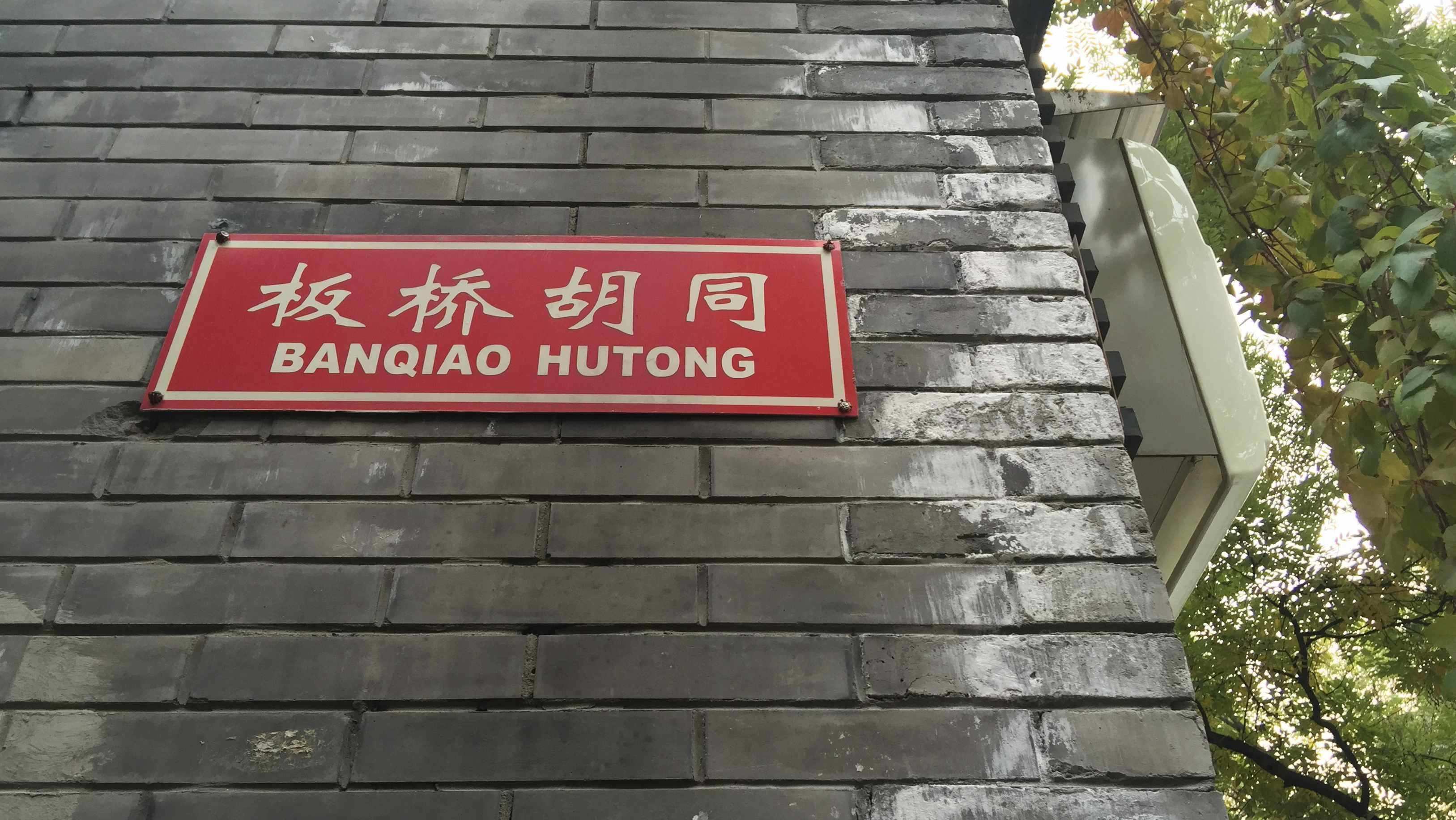
Business
19:17, 06-Jan-2017
Beijing's back alley hutongs, art and gentrification - Part 5 of CGTN's 'Brush Hour' series
Updated
10:32, 28-Jun-2018

CGTN business correspondent Martina Fuchs investigates how Chinese artists are changing the city.
The area between Houhai and the Lama Temple in the Xicheng district in Beijing can appear like a jungle to outsiders, but it is here that a vanguard of Chinese contemporary art is slowly developing.
The gentrification of Beijing’s hutongs is evident, as emerging artists are defining the neighborhood and opening micro art spaces and galleries. Mini in size, they offer a more underground, grassroots alternative to the more commercial museums and galleries in the 798 Art District or Cuigezhuang.
The 2008 Olympics and the construction of a nearby subway have helped drive foot traffic in the area to its current peak. The Nanluoguxiang hutong for example is crowded with 20-something Chinese hipsters and full of trendy shops, restaurants and bars.

The 15-square-meter Arrow Factory in a Beijing hutong alleyway. /Martina Fuchs
The 15-square-meter Arrow Factory in a Beijing hutong alleyway. /Martina Fuchs
The smallest space is the Arrow Factory, which launched in 2008 and is considered a pioneer in the hutong gallery scene, which now counts some 20 players. It is a 15-square-metre storefront gallery in a former vegetable shop so tiny that you can’t even enter but can only peek in, displaying avant-garde installations and modern art projects.
Aotu Studio in another hutong is a combination between a contemporary art space, hair salon, event and exhibition space.

The Aotu Studio - a small art gallery, hair salon and event space in Beijing. /Martina Fuchs
The Aotu Studio - a small art gallery, hair salon and event space in Beijing. /Martina Fuchs
Within walking distance is the I: Project Space, a non-profit platform hosting an artist-in-residence program, exhibitions, workshops and lectures. It was founded in 2014 by German curators and art critics Antonie Angerer and Anna-Viktoria Eschbach.
What all of them have in common is the challenges of funding and sustainability. But whether they will be a commercial success and will survive or not, these spaces dismiss stereotypes and create a new brand of culture from within.

Sound artist Nicolas Melmann from Buenos Aires performs at a micro hutong art space. /Martina Fuchs
Sound artist Nicolas Melmann from Buenos Aires performs at a micro hutong art space. /Martina Fuchs
Show: Global Business on China Global Television Network (CGTN)

SITEMAP
Copyright © 2018 CGTN. Beijing ICP prepared NO.16065310-3
Copyright © 2018 CGTN. Beijing ICP prepared NO.16065310-3